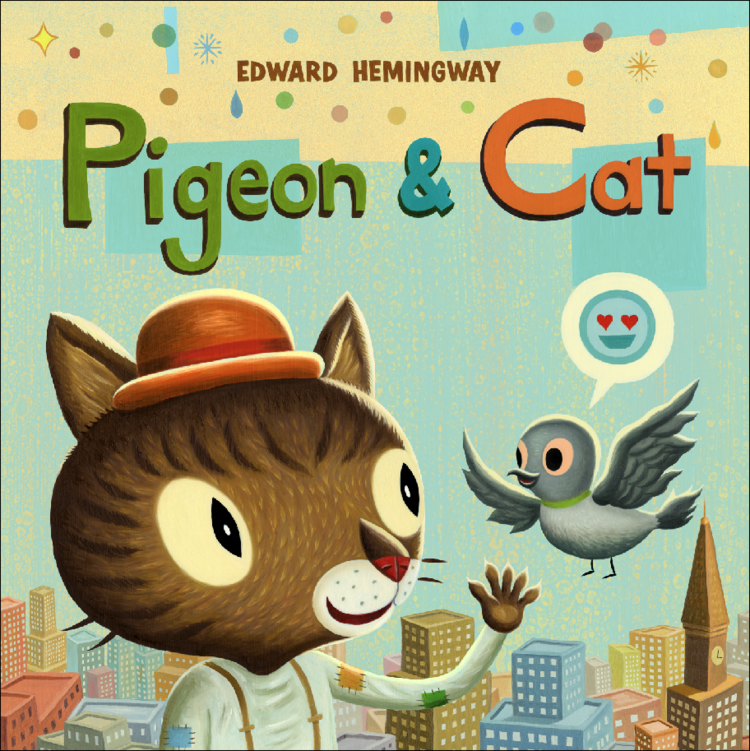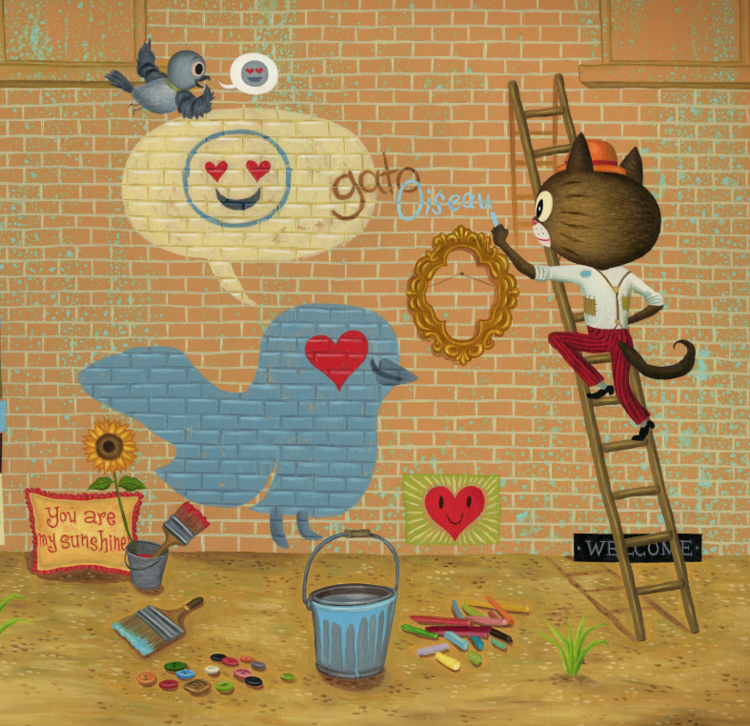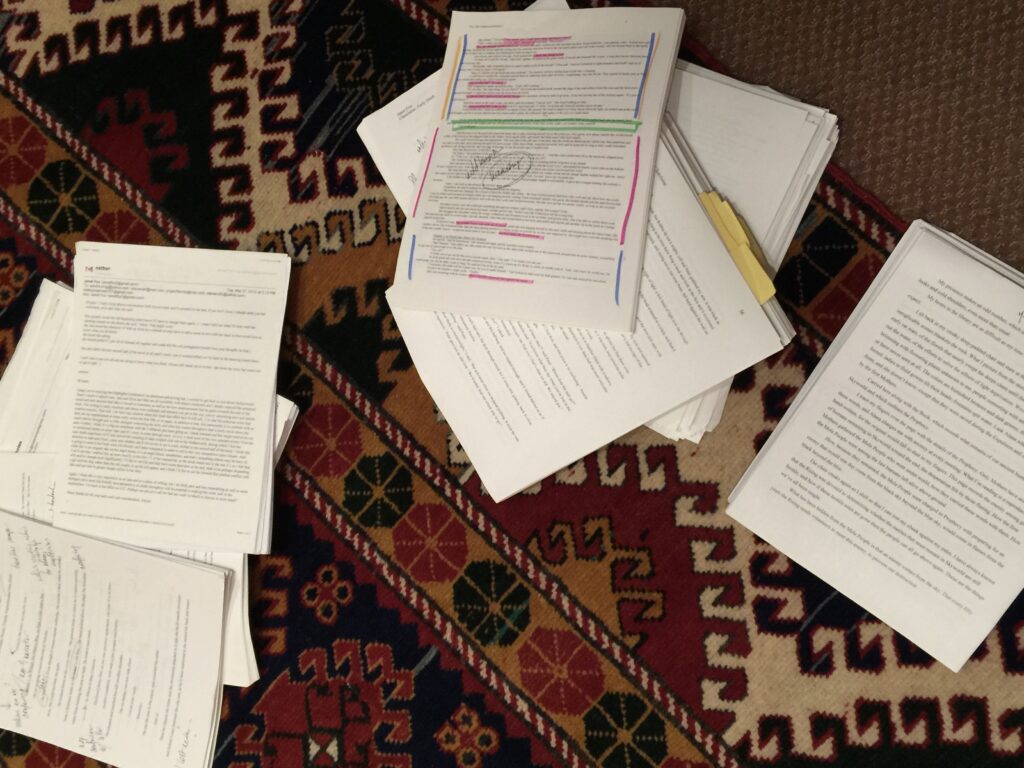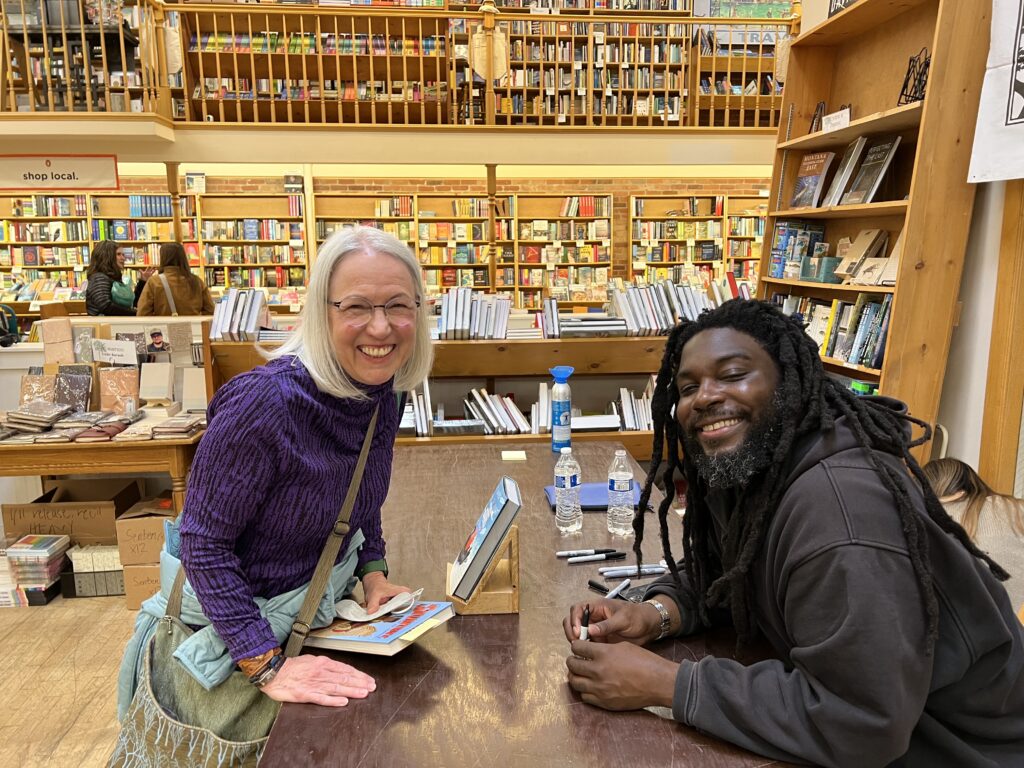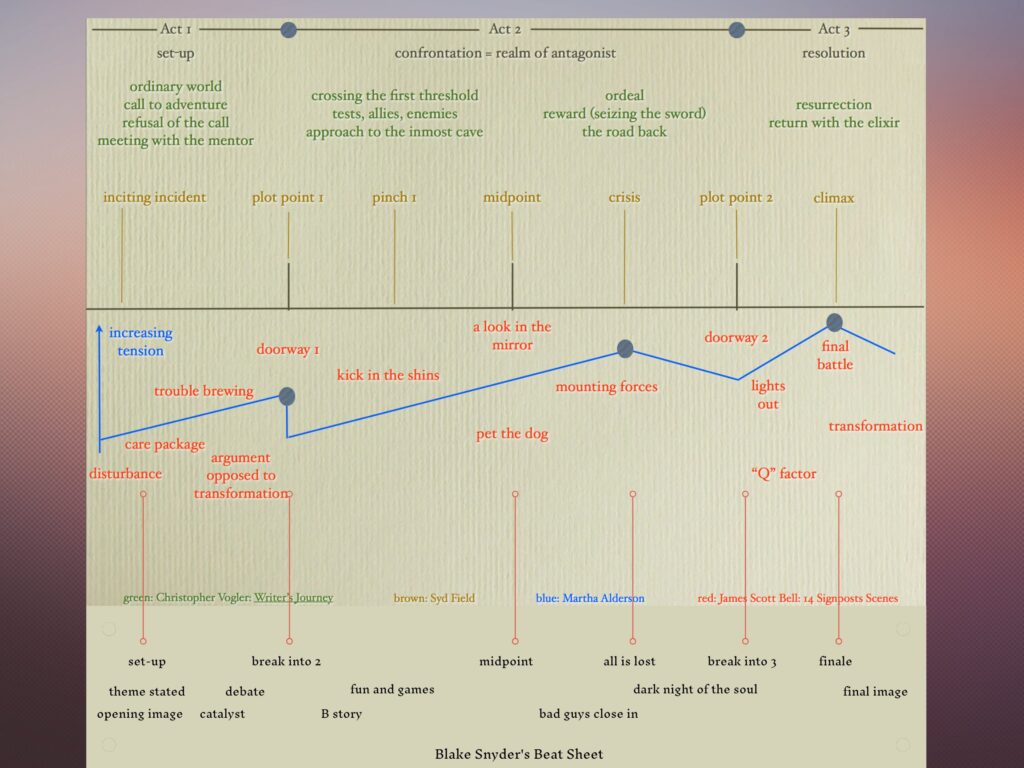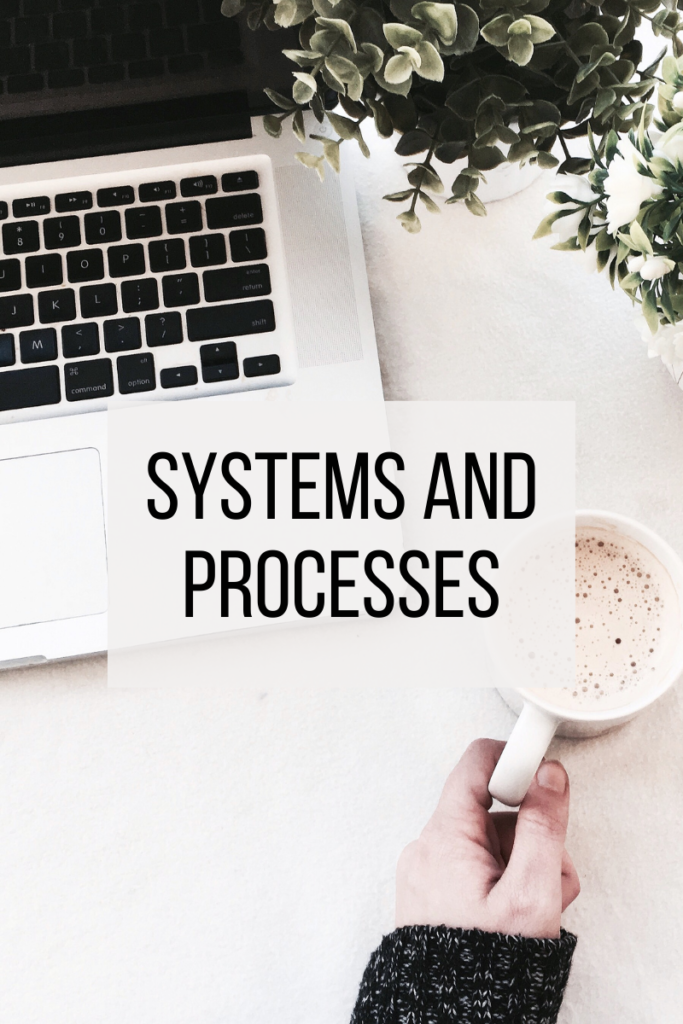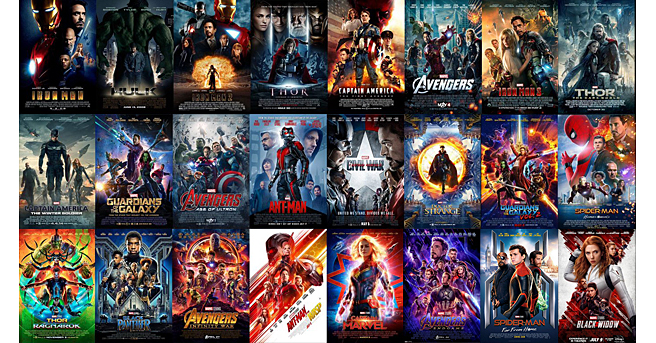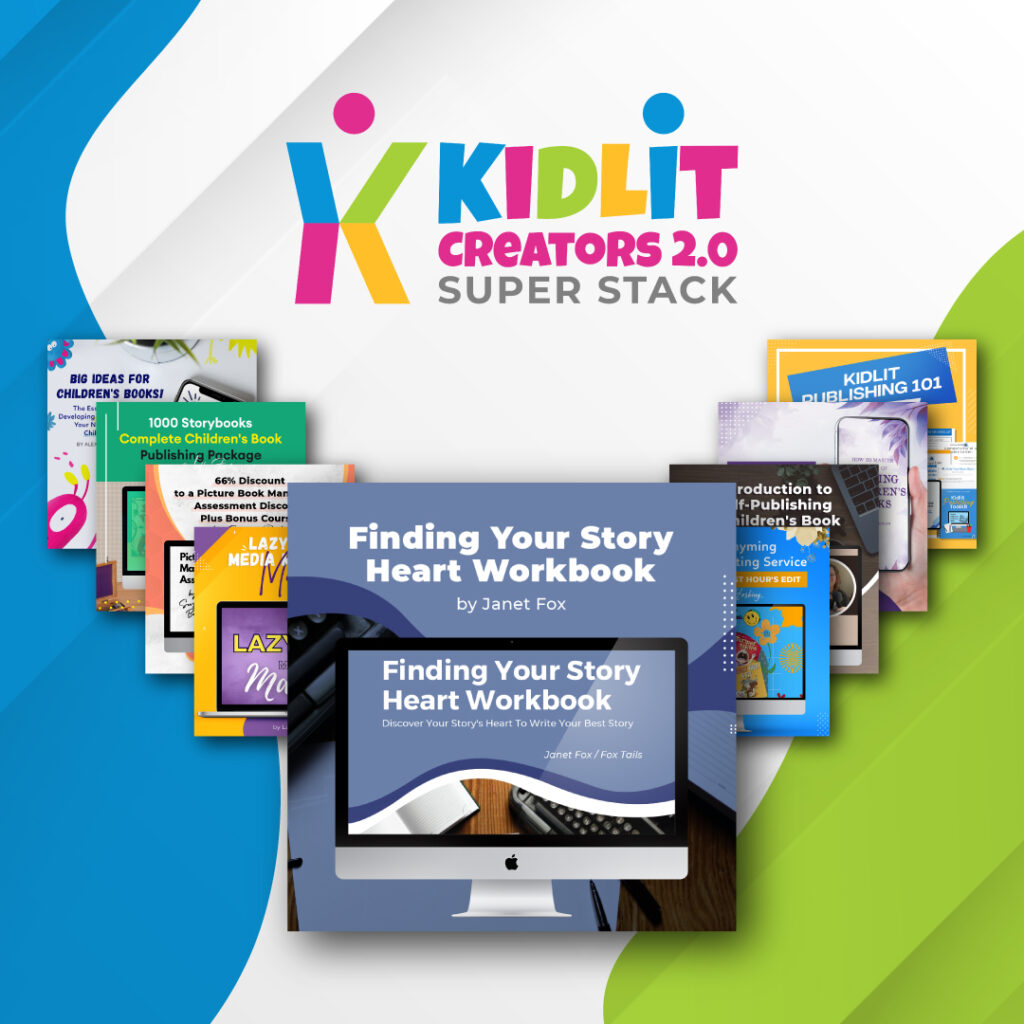If you have only one book under your belt and you haven’t sold it, should you keep going?
Yes.
I’ve met far too many writers who write the same book over and over and over and over…revising again and again…in the hopes that this book they’ve been working on, sometimes for years, is “the” one. That if they can just get that one book right, an agent will sign them, a publisher will publish, and readers will come flocking.
That almost never happens, and here’s why. This one book hasn’t really taught you how to be a writer.
The Instant Success Theory
We’ve all seen writers who seem to come out of nowhere, get seven figure deals, and become NYT best sellers. Or………….did they?

Lots of drafts of lots of books
Most of those “instant successes” are actually writers who have been trying for a long time, written many books, studied the craft carefully either on their own or in classes, and then they finally wrote a great book. But it didn’t happen overnight, as it may appear.
It takes years and lots of experiments and lots of learning to really master the skill of crafting a great book. I wrote three novels that are slowly disintegrating in my files before I wrote a publishable anything. But that was not wasted effort or time – I needed to learn how to write.
Write Your Best Book, Then Move On
Of course you must write your best book. Your first draft is never going to be perfect, so you must revise. But if you’ve taken revision to a new level – that is, if you revise the same work for years and years – you are doing yourself no good as an artist.
Publishing today is in flux. Things are changing throughout the industry. But for the writer, it’s all about waiting. It can take months – many months – to hear back about a submission. It can take many, many submissions to find an agent who is even remotely interested. And that agent, even if they sign you and your book, may not be able to sell it. Years can go by.
What are you doing with all that time?
You should be writing your next book. Not only because that will keep you sane, but because it’s truly the only way you’ll succeed. With each book you write, you learn. With each book you write, you come closer to success. With each book you write, you are closer to being the artist that you aspire to be.
This should be your goal. Not to keep writing the same book over and over, but to try something new. Get your book in the best shape possible, send it out, then get on with your next book. You may get a lot of rejections on the first one; it may never sell. But as you press forward, and keep learning, one day you will sell a novel. One day you will be published. But only if you keep writing new things.
What are you waiting for? Write something new, right now.
Need help with your writing? With your motivation? Let’s see if I can help.

